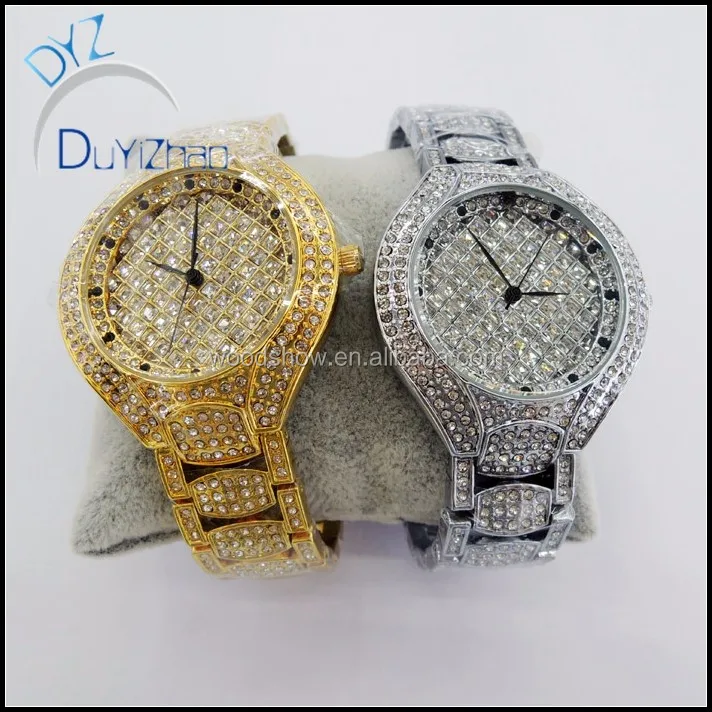

Army, by scat singing the words "hip/hop/hip/hop" in a way that mimicked the rhythmic cadence of soldiers marching. It is believed that Cowboy created the term while teasing a friend who had just joined the U.S. However, Lovebug Starski, Keef Cowboy, and DJ Hollywood used the term when the music was still known as disco rap. The creation of the term hip hop is often credited to Keef Cowboy, rapper with Grandmaster Flash and the Furious Five. In the 1950s, older folks referred to teen house parties as "hippity hops". The words "hip" and "hop" have a long history behind the two words being used together.

EtymologyĪfrika Bambaataa with DJ Yutaka of Universal Zulu Nation in 2004 In 2017, rock music was usurped by hip hop as the most popular genre in the United States. The trap and mumble rap subgenres have become the most popular form of hip hop during the mid-late 2010s and early 2020s. During the late 2000s and early 2010s "blog era", rappers were able to build up a following through online methods of music distribution, such as social media and blogs, and mainstream hip hop took on a more melodic, sensitive direction following the commercial decline of gangsta rap. The United States also saw the success of regional styles such as crunk, a Southern genre that emphasized the beats and music more than the lyrics, and alternative hip hop began to secure a place in the mainstream, due in part to the crossover success of its artists. The popularity of hip hop music continued through the late 1990s to early-2000s "bling era" with hip hop influences increasingly finding their way into other genres of popular music, such as neo soul, nu metal, and R&B. Hip hop became a best-selling genre in the mid-1990s and the top-selling music genre by 1999. Hip hop continued to diversify at this time with other regional styles emerging, such as Southern rap and Atlanta hip hop. West Coast hip hop was dominated by G-funk in the early-mid 1990s, while East Coast hip hop was dominated by jazz rap, alternative hip hop, and hardcore hip hop. The gangsta rap subgenre, focused on the violent lifestyles and impoverished conditions of inner-city African American youth, gained popularity at this time. New school hip hop was the genre's second wave, marked by its electro sound, and led into golden age hip hop, an innovative period between the mid-1980s and mid-1990s that also developed hip hop's own album era. The 1980s marked the diversification of hip hop as the genre developed more complex styles and spread around the world. Old school hip hop was the first mainstream wave of the genre, marked by its disco influence and party-oriented lyrics. Hip hop music was not officially recorded for play on radio or television until 1979, largely due to poverty during the genre's birth and lack of acceptance outside ghetto neighborhoods. Rapping developed as a vocal style in which the artist speaks or chants along rhythmically with an instrumental or synthesized beat. Turntablist techniques such as scratching and beatmatching developed along with the breaks. Hip hop's early evolution occurred as sampling technology and drum machines became widely available and affordable. At block parties, DJs played percussive breaks of popular songs using two turntables and a DJ mixer to be able to play breaks from two copies of the same record, alternating from one to the other and extending the "break". Hip hop as both a musical genre and a culture was formed during the 1970s when block parties became increasingly popular in New York City, particularly among African American youth residing in the Bronx. The term hip hop music is sometimes used synonymously with the term rap music, though rapping is not a required component of hip hop music the genre may also incorporate other elements of hip hop culture, including DJing, turntablism, scratching, beatboxing, and instrumental tracks. While often used to refer solely to rapping, "hip hop" more properly denotes the practice of the entire subculture. Other elements include sampling beats or bass lines from records (or synthesized beats and sounds), and rhythmic beatboxing. It developed as part of hip hop culture, a subculture defined by four key stylistic elements: MCing/rapping, DJing/ scratching with turntables, break dancing, and graffiti writing. It consists of stylized rhythmic music (usually built around drum beats) that commonly accompanies rapping, a rhythmic and rhyming speech that is chanted. Hip hop music or hip-hop music, also known as rap music and formerly known as disco rap, is a genre of popular music that originated in the Bronx borough of New York City in the early 1970s.


 0 kommentar(er)
0 kommentar(er)
